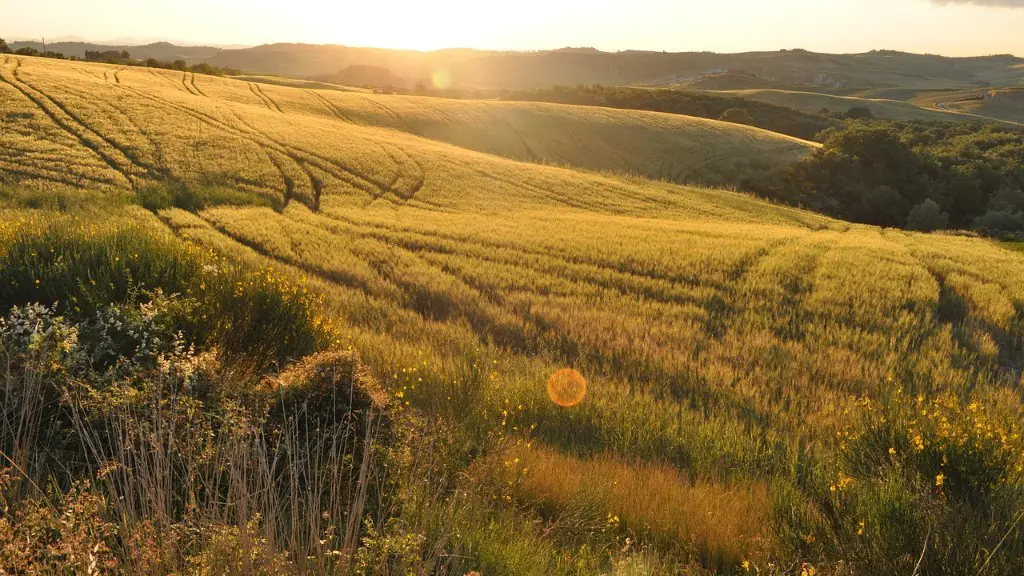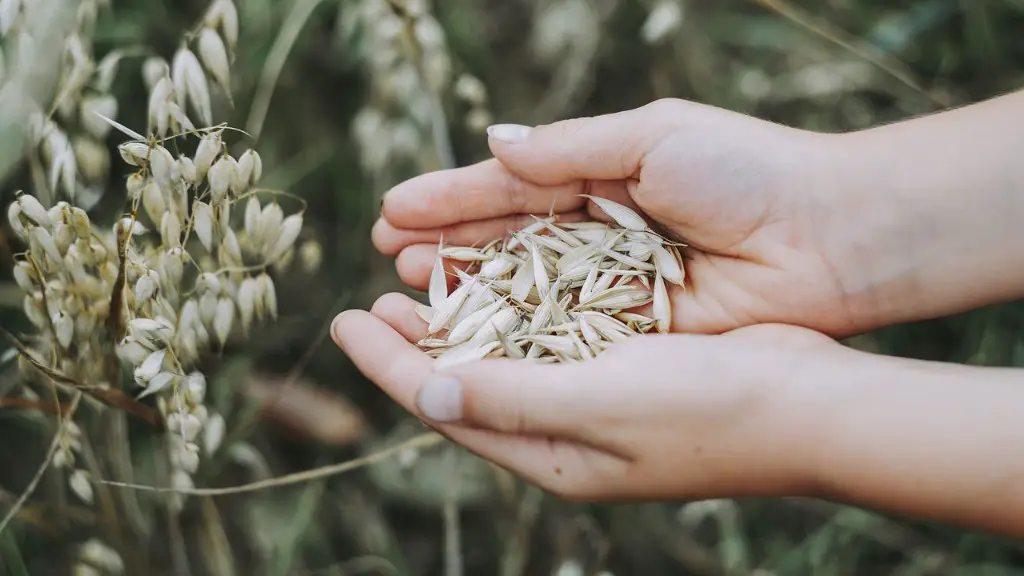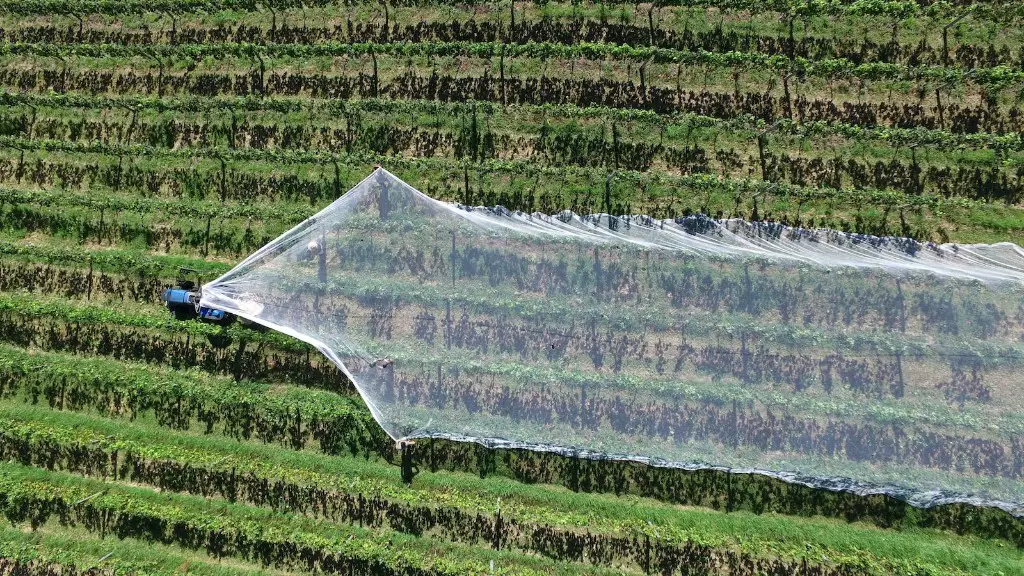Red soil is a type of soil found in many places across the world, with different levels of nutrient availability. This type of soil has a high iron content and is generally acidic, making it difficult for plants to take up the necessary nutrients. In addition, it is often sandy, meaning that water tends to have difficulty penetrating its dense surface. These factors make it difficult for most crops to thrive, meaning it is not well-suited for agricultural purposes.
The high iron content of red soil is the main factor preventing it from being good for agriculture. Iron is found in both organic and inorganic forms in such soil, with the inorganic form being particularly dangerous to plants. Iron binds up phosphorus, an essential nutrient needed for growth, and interferes with other trace minerals. Furthermore, iron can cause the formation of toxic compounds that feed plants in a very negative way. In some cases, over-supplementation of iron can cause plant death. Additionally, red soil often has a low organic matter content, which acts as a buffer against acidic compounds in the soil, meaning that plants cannot absorb nutrients from the soil easily.
Sandy soils are not ideal for agricultural purposes either due to their poor water-holding capacity. Plants take up essential nutrients such as nitrogen, phosphorus, and potassium through their roots, but this process is greatly impeded in sandy soils. As the soil is not capable of storing water, nutrients are lost due to leaching and the plants are unable to access them. Furthermore, sandy soils are prone to erosion, meaning that they can blow away or erode away, stripping away important nutrients needed by crops.
Another reason why red soil is not ideal for agriculture is its high pH level, which can be a problem for crops. A soil’s pH level determines which nutrients a plant can absorb, meaning that a higher pH level can impede the absorption of essential nutrients by the roots. It is also shown that higher pH levels can cause the formation of toxic compounds, leading to reduced yield and even plant death.
Finally, red soil is at risk of becoming overly dry during the summer months, due to its low water-holding capacity. This means that plants are unable to access the moisture and nutrients that they require for growth. As a result, crops can become stunted, reducing the yield of produce or making it difficult for farmers to sustain their crops.
Contaminated Red Soil
Contaminated red soils are even more unsuitable for agriculture, as toxins and pollutants can bind to the soil and create a toxic environment for plants. This means that the plants are not able to take up the necessary nutrients, leading to poor growth and yield. Contamination is more common in areas near industrial sites, as the toxins can bind to the soil and create a hazardous environment for crops. Furthermore, polluted soils can also lead to a greater risk of disease and pest problems, which can decimate yields.
Soil Depletion
In addition to pollution and contamination, red soil can also be vulnerable to soil depletion. This is caused by the over-farming of an area, meaning the nutrients are gradually lost from the soil. This can lead to nutrient-deficient crops, meaning the quality of the produce is greatly reduced. Furthermore, depleted soils are more susceptible to erosion, making them even more difficult for farming activities.
Effects of Over-Fertilization
The use of fertilizer on red soil can have a number of harmful side effects. Excess fertilizer can lead to runoff of harmful chemicals, which can contaminate waterways and cause harm to wildlife. Additionally, over-fertilization can cause an increase in the acidity of the soil, making it further unsuitable for growing crops.
Negative Impact of Deforestation
Deforestation in red soil areas can also be a cause for concern, as trees are important for maintaining the soil fertility. Trees are able to protect the soil from erosion as well as creating shady areas, reducing water evaporation and providing nutrients. Without trees, soils can become overly dry and thirsty, making it difficult for crops to thrive. Furthermore, soils can become more prone to erosion, meaning that vital nutrients and minerals are lost from the soil, again making it unsuitable for agriculture.
Salinity Issues
Red soil can also be vulnerable to salinity, or increased levels of salts, due to soil water infiltration. Salts in the soil reduce availability of important nutrients, as well as being detrimental to the root system of plants. Furthermore, salt infiltration can occur quickly, meaning that within a few years, an area that was once suitable for agriculture can become too saline to sustain crops.


